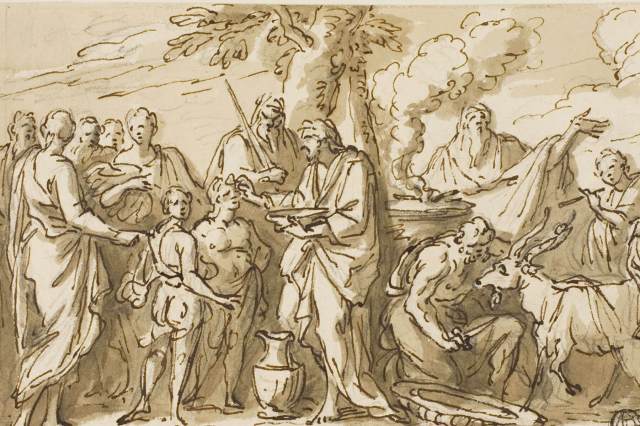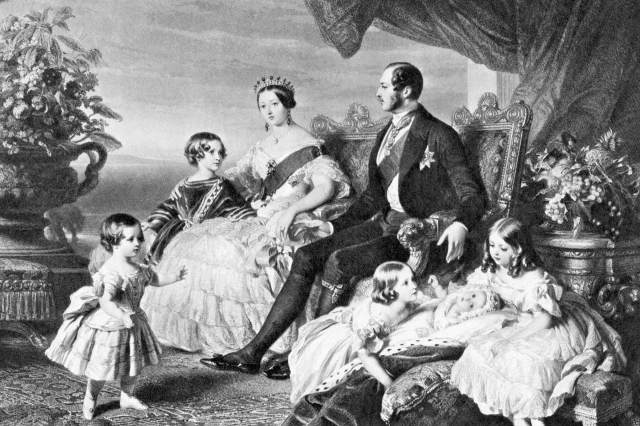The Difference Between St. Valentine and Cupid
Each year on February 14, romantic partners exchange affectionate cards and sugary-sweet chocolates, all in the name of St. Valentine — and all while the iconic image of Cupid takes center stage. But who are these figures, and how did they converge for this sentimental holiday? From Cupid’s roots in Greek mythology to St. Valentine’s Christian symbolism, here’s how these two figures became the unlikely faces of love and Valentine’s Day.

Who Is St. Valentine?
The exact origin of the saintly namesake of Valentine’s Day is murky. According to one belief, St. Valentine was a third-century Roman priest who defied the Roman Empire’s stance against men marrying at a young age (it was thought that they should instead serve as soldiers). Valentine continued to perform marriages in secret, leading to his execution on February 14. Another belief portrays St. Valentine as a compassionate man who helped free persecuted Christians in ancient Rome. According to legend, he healed the local jailer’s blind daughter and, before his death, sent her a note signed, “from your Valentine.” Whether these were two separate figures or just one isn’t entirely clear, nor is whether they were actually historical characters and events or just myths. In records from the medieval era, for instance, there is no connection between St. Valentine and love or marriage. But regardless of how the figure became linked with romance, the association between St. Valentine and love has remained strong.





















